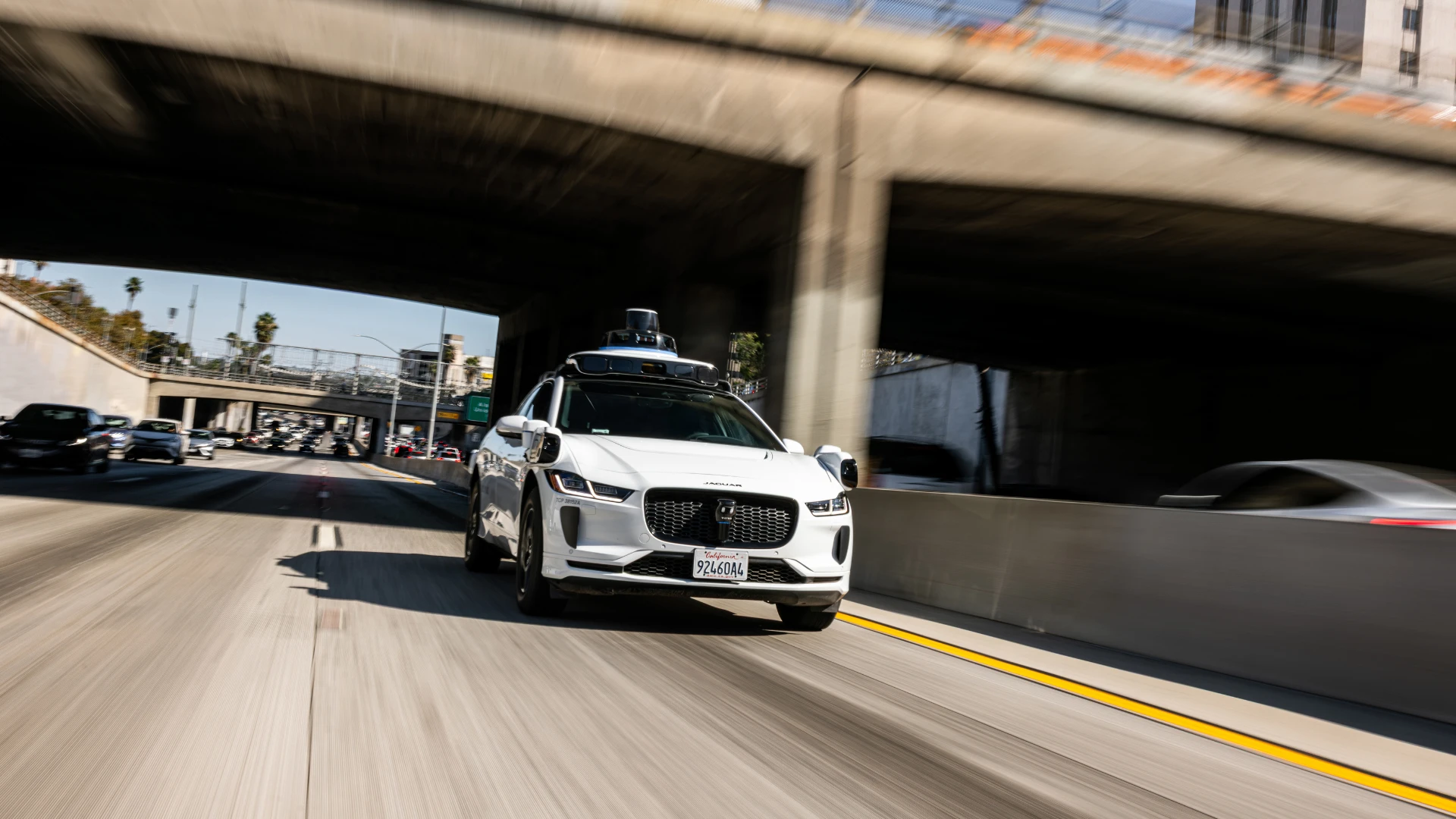Waymo is starting to take its robotaxi passengers onto freeways in multiple U.S. metros and has quietly expanded its San Francisco Bay Area service all the way down the Peninsula to San Jose, the company announced this week.

In a November 12 blog post, the Alphabet-owned autonomous driving company said riders in the San Francisco Bay Area, Phoenix and Los Angeles will now begin seeing trips that include freeway segments, with availability gradually extended to more members of the public over time. Waymo also said it plans to bring freeway capability to Austin and Atlanta “and beyond” as its service grows.
Freeway access, the company argues, makes trips faster and more convenient for typical use cases like airport runs and cross-city journeys. Waymo singled out routes to Phoenix Sky Harbor International Airport, trips from Downtown Los Angeles to Culver City, and commuting across its “newly expanded Bay Area service” as examples where highway driving can cut travel time.
Bay Area footprint reaches San Jose and SJC
Alongside the freeway announcement, Waymo confirmed a significant geographic expansion in Northern California: its service area now spans the entire Peninsula, from San Francisco down to San Jose, including curbside service at San Jose Mineta International Airport (SJC).
The move effectively links two major Bay Area airports, SFO and SJC, within Waymo’s current operating domain and pushes its commercial robotaxi presence deeper into Silicon Valley. Riders in the expanded zone will be able to request trips that include both dense urban streets and freeway segments, depending on routing and demand.
Built on “millions of miles” of freeway testing
Waymo says the new capability is based on millions of miles of freeway driving logged with employees and invited guests in Phoenix, San Francisco and Los Angeles, as well as additional closed-course and simulation testing. That experience, the company says, underpins its decision to open highway operations to the broader public.
The company also notes it has been working closely with safety officials ahead of this new phase, though the blog post does not detail specific regulatory steps or agencies beyond that reference.
Freeways present a different risk profile from purely urban service: while they eliminate complex interactions with pedestrians and cyclists, they introduce higher speeds, shorter reaction times and multi-lane traffic dynamics. Waymo frames its expansion as an incremental step, emphasizing that freeway rides will roll out to “a growing number of public riders” rather than appearing system-wide overnight.
Gradual rollout, broader ambitions
The freeway capability is not yet described as universal across Waymo’s fleets or cities. Instead, the company is inviting riders to sign up to be among the first to access freeway trips and to “help define the future of autonomous transportation” as it refines the service.
The announcement fits into a broader strategy in which Waymo is:
- Deepening service in its existing markets (Phoenix, the Bay Area, Los Angeles);
- Layering in more complex operating domains such as high-speed freeways; and
- Preparing to extend similar capabilities to Austin and Atlanta, two metros where it has already been testing.
For riders, the immediate changes will be most visible in the Bay Area, where trips between San Francisco, Peninsula communities and San Jose—including both SJC and Sky Harbor in Phoenix—can now be routed over highways rather than local streets, subject to demand and system readiness. For regulators and industry watchers, the announcement marks another step toward full end-to-end automated urban and interurban driving, as companies move beyond city grids and into the high-speed networks that connect them.
Waymo concludes its announcement with a familiar message: “The future of transportation is here, and it’s only getting better with every mile.”

